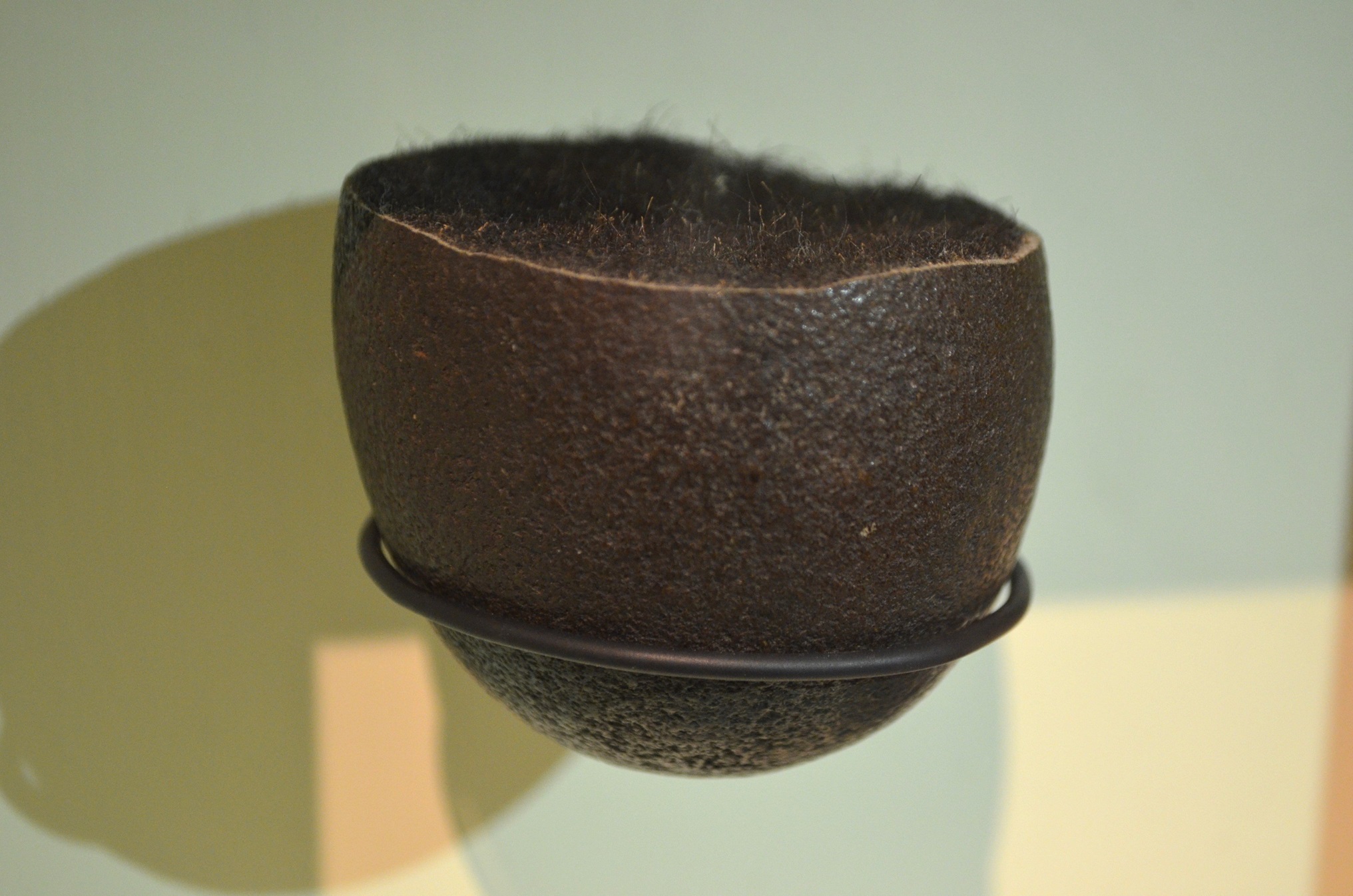

So what was I looking at?
I admit that my imagination may have run away with me a little bit at this point. That is, until I remembered the cornerstone of collections management: documentation is everything.
So, I checked the box label: "Trichobezoar (hairball) from horse", and I checked the database record: "Classification: Horse. Equidae. Hairball. Field collection location: Middlemarch, Dunedin".
It was intriguing. And so began a month-long journey through science, fiction, a short segue into my own brand of science fiction (don’t ask), and then back to science.
From what I’ve read, a bezoar is a mass formed in the gut, usually of a hoofed animal such as deer, antelope, goats and cattle. They can form around any foreign and indigestible matter and are shaped, hardened and smoothed by the workings of the gut, ultimately giving them an egg-like appearance.

Their effectiveness as a cure was widely believed; protection could be achieved by simply placing a bezoar in one’s glass to soak up any potential poisons in the drink.
A sought-after remedy among the rich and famous, they slowly fell out of favour from the mid-1500s, when crude scientific experiments first showed evidence that bezoars were not effective cures.
There are many kinds of bezoar, usually named for where in the body they were found, or what they are made from.
For example, phytobezoars form from indigestible plant material (phyto is from the Greek phyton, meaning "plant"), and trichobezoars develop when ingested hair creates a mass in the gut (tricho is from the Greek trich, meaning "hair").
In other words, a trichobezoar is basically a hairball. Anyone with a long-haired cat will tell you that hairballs are gross and nothing special. But I disagree.
The intriguing identification challenge that they pose for museum workers pushes them right up the scale to magnificent.
The trichobezoar might not actually be a magical stone from the stomach of a goat that can absorb poisons, despite some well-known wizards being taught exactly that.
But it certainly sparked several weeks of interest and wonder in me, the most seasoned of Tūhura Otago Museum workers. And isn’t that a whole other kind of magic?
• Cody Phillips is collection manager natural science at Tūhura Otago Museum.







![‘‘Neil’s Dandelion Coffee’’. [1910s-1930s?]. EPH-0179-HD-A/167, EPHEMERA COLLECTION, HOCKEN...](https://www.odt.co.nz/sites/default/files/styles/odt_landscape_small_related_stories/public/slideshow/node-3436487/2025/09/neils_dandelion_coffee.jpg?itok=fL42xLQ3)





